







With the beginning of a New Year, it’s a great time to assess your care needs - whether it’s the need for live-in care or using the benefits of your LongTerm Care policy.
Live-in care alternatives allow you to age in place in the comfort and safety of your own home. A skilled and well-matched caregiver lives in your loved ones home, providing daytime support care ideal for challenges like decreased mobility, fall dangers and conditions like Alzheimer’s and Parkinson’s. They’re also available for occasional nighttime assistance or emergencies. But a caregiver needs five hours of uninterrupted sleep and eight total hours of sleep, so if care is needed throughout the night this option was unavailable, making a team of caregivers and more expensive fees the norm. Home Helpers takes a different approach, providing a nighttime caregiver for supplemental assistance. This allows your primary caregiver to get the rest they need, is more economical than an hourly team and creates a safe, calming environment with no shift changes during the day.
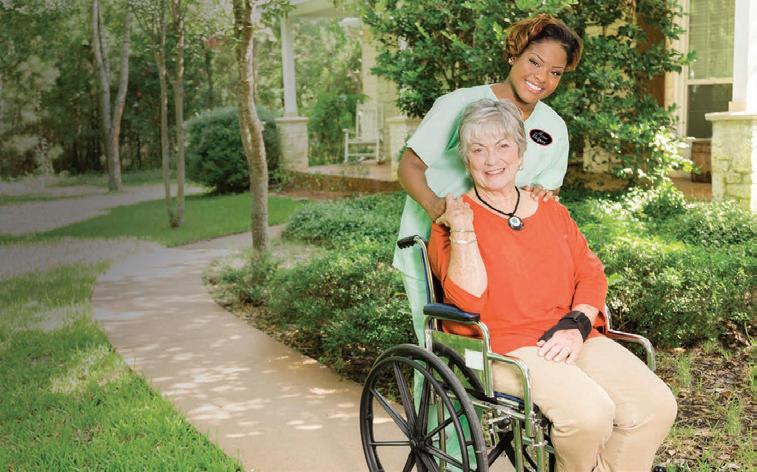
If you have a Long-Term Care Policy (LTC) this is the time to review your annual records and policy. As care needs begin to surface, many people aren’t using the benefits they’ve faithfully paid for or understand when it makes sense to utilize LTC. While LTC can be applied towards assisted living, it can also apply towards in-home care if provided by a licensed agency.

There are typically two circumstances when you can consider starting LTC. The first is when you

need help with at least two Activities of Daily Living (ADL’s), those everyday basic activities of bathing, dressing, toileting or incontinence, transferring and eating. The second is when there is cognitive impairment due to conditions like dementia, Alzheimer’s or Parkinson’s, where help is needed with reminders and cues to just get through each day. Your LTC plan will have forms that you can provide to your doctor who will write an order confirming the need for assistance. Using your LTC policy does not affect Medicare.
Your policy has daily benefit amounts, maximums and terms you need to know. There is typically an elimination period of 30, 60 or 90 days depending on your policy. This may be waived for in-home care and reimbursement could start immediately. It’s important to stay current with your premiums but remember, when you start using your policy for care you won’t pay premiums. Call your provider if you have questions about these details.
At Home Helpers, we can help you navigate the use of your LTC Plan, handle all the ongoing paperwork and filings that are needed and even join you in a call to your LTC provider to help determine what your policy provides.
Our heart centered Caregivers can assist with all personal care, help around the house, safely speed up recovery from surgery, or provide specialized care for Alzheimer’s, Dementia, Parkinson’s, etc.
We’re here to help - from six hours a day, several days a week to 24/7 and live-in care. For a free consultation contact Home Helpers of Alpharetta and North Atlanta Suburbs today at (770) 681- 0323.





People with red hair have always been known to possess similar, unique traits, such as fair skin and freckles, but did you know that they also feel pain differently than people with other hair color types? It’s true! Research shows that the same gene responsible for giving pigment to hair, skin, and eyes (MCR1), exhibits a mutation in red-haired people that causes them to have a higher tolerance for pain, but also to be more difficult to sedate.
Studies have revealed these findings about redheads:
• They need about 20 percent more anesthesia to be sedated.
• They also need more local topical anesthetics, such as lidocaine, which is why many redheads have a fear of dentists, according to the American Dental Association.

• They need lower doses of painkilling analgesics, such as opioids.
• They easily detect changes in hot and cold temperatures. Be proactive about your care

Unfortunately, these findings that redheads require more anesthesia, but may be more tolerant to pain medications due to their higher pain threshold is still not widely known. It is recommended that redheads be proactive when undergoing a procedure that requires medication for pain.
Tell your surgeon, anesthesiologist, and dentist that you will most likely need more anesthetic or local anesthesia, and that you may be more sensitive to opioids. Avoid taking extra doses of these types of pain medications without talking to your doctor.
Drs. Hood and Remaley at Roswell Dental Care understand and customize treatment for each person. We assure you will feel confident in the solution you choose before beginning any treatment. For enhanced comfort, we offer FREE nitrous oxide. You can rest assured that your experience will be positive, relaxing, and rewarding on many levels. Give our office a call at (470) 288-1152 or visit us at www. roswelldentalcare.com, to begin your journey to happy and pain-free oral healthcare!
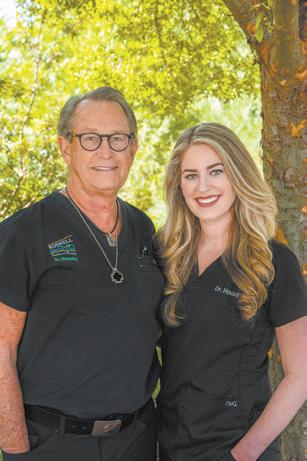

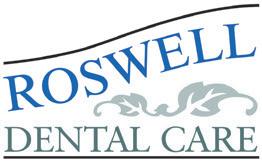
Brought to you by – Michelle Wilson, Wilson Legal, PC


More people die in the US in January than in any other month. (You, sarcastically) “Gee, thanks Michelle! I feel so much better now!
Why should I care?” I’m so glad you asked, dear reader. I’d like to help by telling you what 3 things TO DO FIRST if someone dies (and 3 things NOT TO DO FIRST).
3 things TO DO FIRST: (1) Find out what your loved one owned. You need to know what the person who died actually owned before you can do anything about it. (2) Change the locks. There may not be a “Rule of Grab” in the Georgia code, but I’ve had families where items were swiped. (3) Find out who the “heirs” are and get current addresses and phone numbers. The “heirs” are the people who would inherit if the person died without a will. For example, if someone dies leaving a spouse and children behind, then the spouse and children are the heirs. If someone dies leaving no spouse and no children, then we look at parents, then siblings, then nieces and nephews, then first cousins. Google “sanguinity chart”
to see a table of relationships by blood. It’s like playing the old game “6 degrees from Kevin Bacon only instead of hopping from the nearest friendship to the next connected person until you get to Kevin Bacon (usually 6 hops), you’ll be hopping from the nearest blood relation to the next nearest.
3 things NOT TO DO FIRST: (1) Call your attorney. Your wonderful, amazing attorney won’t be able to do much to help you until the death certificate arrives. Spend time with your family right now. Make time for yourself to feel the feelings you need to feel. (2) Give or sell anything to anyone. Without all the facts, you might be liable for repaying the estate. (3) Close their checking account or tell the bank they died. Why? Tune into my new podcast called Proactive Planner this month to find out. Our first episode will be available January 8th, 2023 here: https://www. buzzsprout.com/2109389/11988170
Remember, if you need help with probate, use Wilson Legal where you’ll find easy-to-talk-to attorneys who are happy to untangle the long list of “TO DO”s when someone dies.


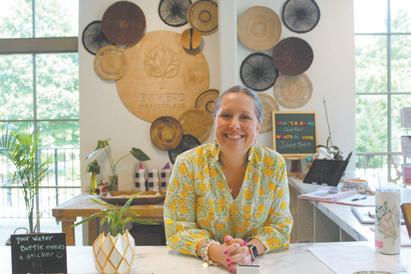



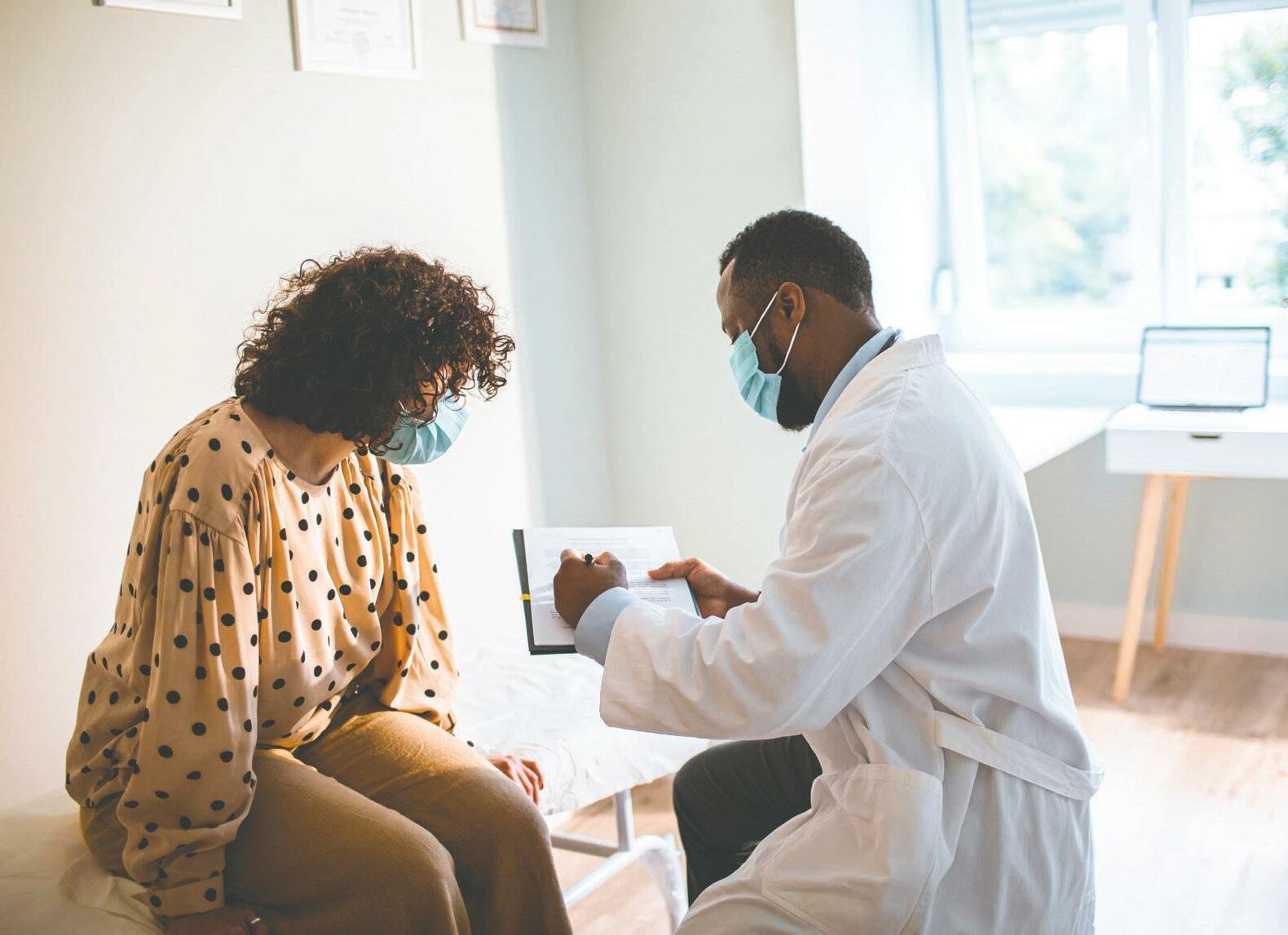



It’s the weekend and after days of enduring a low-grade fever and body aches, you realize it’s time to seek medical care. So where do you go for relief—the emergency room or urgent care? A lot of people grapple with this decision. For immediate or after-hours care for mild illness or injury, a visit to Urgent Team Walk-in Urgent Care is the best option.
Across the country, emergency rooms are filling up with patients seeking care for respiratory illnesses like influenza, COVID-19, and RSV. In many of the mild cases, patients may be better served at an urgent care clinic to get fast treatment.


Urgent care should not be considered a replacement for emergency care, which remains the best option for life-threatening situations such as chest pain, severe breathing problems, serious burns, and severe trauma or injury, for example. But to get fast, same-day treatment for minor but bothersome symptoms of cold, flu and other viruses or issues such
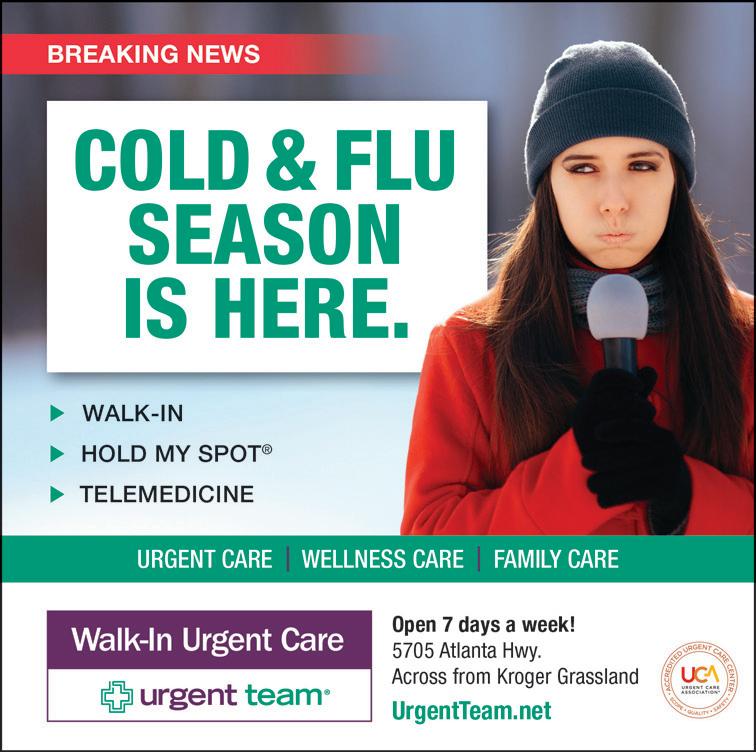
cuts, sprains, or a UTI, urgent care is often the most cost effective and convenient option.

Urgent Team is open seven days a week across from Kroger Grassland. Just walk in, schedule online with Hold My Spot® or reserve a Telemedicine visit.

Over the next few months, we’ll take a closer look at a few of the most common spots that pop up on our skin. Today’s article is about the most common new growth that develops after the age of 40 – the “seborrheic keratosis” or SK for short.

SK’s are benign, which means that they are not cancerous. Still, they are probably THE growth that patients ask me about most frequently. It is understandable that SK’s generate worry because they exhibit many of the features that we teach people to fear. SK’s grow and sometimes itch. If scratched or traumatized, they can hurt or bleed. They can be brown or black. Such spots often cause alarm.
Changing brown or black growths should be examined by a dermatologist to rule out melanoma. The most common differences between SK’s and melanomas are fairly easy to list but can be hard to apply without practice. And because the stakes for misdiagnosing one’s self are so high (death), having a dermatologist look at spots with you is completely justified. Some patients feel silly coming in for something that turns out to be “nothing” but getting checked is smart. Self-diagnosis is not advised, especially not initially. But, with time, patients can often identify most SK’s confidently using these rules:
SK’s have a few reasonably consistent features: they are usually rough or waxy in texture. They are almost always “stuck-on” in appearance similar to a barnacle on a ship. SK’s often feel as if you can get a fingernail underneath the edge and just pop them off (and some patients can and do!). Waxy SK’s are not particularly rough whereas the rough SK’s are often “warty” in appearance.
Other features of SK’s are less consistent. SK’s are often tan or brown, but they can be black, pink, multicolored or even white. On the feet and ankles, white SK’s are called “stucco keratoses and look as if the ankles and feet were spackled with stucco. Seborrheic keratoses range in size from pinpoint to as big as an oyster shell. Given these variations, color and size are not helpful diagnostic features. They often get thicker and bigger with time, so growth isn’t a helpful differentiator either.
What do you do once you’ve confirmed that a growth is “only” an SK? Seborrheic keratoses are easily treatable and can often be frozen away with liquid nitrogen or curetted away with ease. Insurance unfortunately only considers it medically necessary to treat SK’s that are bleeding, irritated, painful, getting rubbed on by clothing or otherwise symptomatic. “Cosmetic” SK removal is available at most dermatology clinics for a cosmetic fee.

Small SK’s can usually be removed with minimal residual blemish, but larger SK’s may leave a lighter-colored area or subtle scar after removal. In one U.S. study, the average American over the age of 40 developed one new SK per year with the average 65-yearold exhibiting 33 SK’s upon a thorough counting. Given how pleasingly SK’s can be removed when they are still small, a “debarnacling” every year or two is a reasonable choice for most individuals.

Given that skin cancer is more than ten times more common than any other cancer, it pays to familiarize yourself with the appearances of skin cancer and its mimics (Google Images is a great tool for this purpose). For patients with concerning spots, a family history of skin cancer or risk factors such as a history of sun damage or tanning bed use, a visit with a dermatologist is highly recommended.
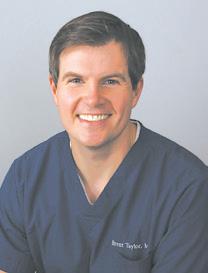
Brought to you by -
Just like the American Express commercials, “Membership Has Its Privileges”. Dental membership programs are a subscription service where patients pay an annual or monthly fee and receive complimentary preventive hygiene services and discounted pricing on additional services. If you don’t have employer paid dental benefits, a dental membership plan is often the most cost-effective way of receiving the preventive services that you need each year to maintain a healthy, diseasefree mouth.
A dental membership program, like Plan for Health at the Atlanta Center for Dental Health, includes:
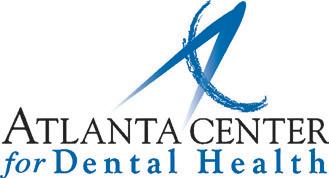

• No Deductibles
• No Yearly Maximums
• No Claim Forms
• No Pre-Authorizations
• No Exclusions
• Immediate Eligibility
• Simplicity
More than dental insurance, Plan for Health is a yearly membership program with lots of benefits fit to you

according to your needs. The Plan for Health includes 3-4 professional dental cleanings a year, comprehensive, periodic, and emergency dental exams, all dental radiographs as needed, fluoride treatments, and discounts on dental treatment. Call the Atlanta Center for Dental Health for more information at no cost. We are devoted to educating and helping as many people as possible.
The Atlanta Center for Dental Health is a team of exceptionally talented professionals dedicated to providing comprehensive oral healthcare for the health and happiness of our patients, their families, and our community. We are committed to providing a lifetime of optimal oral health to our patients and fostering relationships of mutual trust, excellent customer service, and the best patient care avail-

able. Patients are at ease knowing that their care will be administered with a sense of kindness, care, and comfort, and we will not rest until they are completely satisfied with their smile.
Prevention is key. Much of dental disease is preventable. Do you have a Plan for Health?
Dr. Bradley Hepler and Dr. Jeffrey Priluck and the experienced team at the Atlanta Center for Dental Health provide all the modern advances that contemporary aesthetic dentistry offers. You will realize immediate results with non-invasive and often inexpensive procedures to enhance your smile. If you would like a complementary consultation to discover your smile restoring options, please call the Atlanta Center for Dental Health at 770-9922236. Dr. Bradley Hepler and Dr. Jeffrey Priluck have spent many hours dedicated to perfecting and updating the latest and best techniques in dentistry. It is with this breadth of knowledge that they provide each patient with the perfect solution to their situation, their life, and their goals. It is our pleasure to serve this community and help as many people as possible live their best life.
Even before COVID-19 the state of our mental health was on the decline. Since 2019 we have heard reports that “our children are not OK”, “90% of adults say mental health is a crisis”, “suicide rates are on the rise”, and “over 107K people died of a drug overdose in the past 12-month period”.
In October of 2022, Mental Health America (MHA) released their annual report for “The State of Mental Health in America 2023”. MHA uses 15 measurements to create a national snapshot and state-by-state rankings for this report. It is also worth noting that the most recent data is from 2020, so it will be several years before we realize the full impact of COVID-19 on our mental well-being. Key findings show that during the reporting period:
• 21% of adults experienced a mental illness.
• 15% of adults had a substance use disorder.
• 55% of adults with a mental illness received no treatment.
• 16% of youth reported suffering from at least one major depressive episode.

• 60% of youth with major depression did not receive mental health treatment.
The report also shows that the State of Georgia finished at or near the bottom in the following categories (1 being the highest ranking and 51 being the lowest ranking):
• Access to mental health care (49th).
• Adults with a mental illness did not receive treatment (43rd).
• Adults with a mental illness who were not insured (47th).
• Adults reporting 14+ mentally unhealthy days a month who could not see a doctor due to costs (51st).
• Youth with major depression did not receive any mental health treatment (44th).
• Youth with severe depression did not receive consistent treatment (42nd).
• Youth with private insurance that did not cover mental or emotional problems (44th).
• Mental health workforce availability (47th).
While these key findings are disappointing and continue to move in the wrong direction, it is also worth noting some major mental health improvements being made at the local, state and national
levels. Join The Summit for 2 community events during the month of January to learn more about new laws and legislation, state and local support, and services available in our community.
The Summit Open House, 2750 Old Alabama Rd., Wednesday, January 18th, 9:00-11:00am. Join our clinical team for presentations on our services, programs and community partners and learn more about our mission and vision of meeting the behavioral health needs of our community by removing common barriers to care through awareness, accessibility, and affordability.

Changing the Conversation
Surrounding Mental Health: Georgia Update, Alpharetta First United Methodist Church, 69 N. Main, Thursday, January 26th, 10:0011:30am. Join this community discussion about 9-8-8, Georgia HB1013, CHOA’s Behavioral and Mental Health program, and other mental health topics impacting our community. Panelists will include representatives from Georgia Department of
Behavioral Health and Developmental Disability (DBHDD), Fulton County

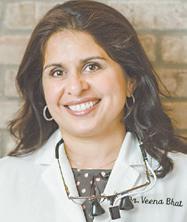
DBHDD, Children’s Healthcare of Atlanta, and other mental health stakeholders from our community.
For more information visit our website at SummitCounseling.org or email cmurphy@summitcounseling.org.
New year’s resolutions usually include eating better, so you have probably thought about nutrition. If you ask most oncologists about nutrition, they will say that it doesn’t matter what cancer patients eat. Some will even say to eat whatever you want. Unfortunately, this is bad advice.
We have significant research showing that what we eat matters a lot, whether we are treating cancer or trying to prevent it. Scientific

studies recommend a whole food, plant-based diet. This means focusing on vegetables, fruits, beans, and grains, while limiting animal protein sources such as beef, meat, fish, and dairy. Your food should be as organic and unprocessed as possible. Such an approach focuses on the cleanest, healthiest foods on the planet, full of nutrients, vitamins, minerals, and antioxidants.
If you do eat animal protein, strive for organic and grass-fed meat, organic and free-range poultry,
and wild caught fish. This nutritional approach is not only anti-cancer. It will also reduce your risk of developing other chronic diseases such as heart disease, diabetes, and Alzheimer’s as well.

If you would like more information on the topic of cancer nutrition, as well as many other aspects of cancer treatment and prevention, please check out my bestselling book, Cancer Secrets. It is available on Amazon in paperback and Kindle versions.


lesterol or alone in adults with a BMI of 30 kg/m2 or greater without weighrelated ailments.
According to 2018 data from the National Health and Nutrition Examination Survey, just under half of adults in the US (49.1 percent) tried to lose weight in the prior 12 months. Nevertheless, according to CDC data, the obesity rate that year rose to a record 42.4 percent.

But a new weight loss drug that produced jaw-dropping clinical trial results may be the ammunition needed to help turn the tide.
Semaglutide was developed as a medication for type 2 diabetes, garnering FDA approval in 2017. However, clinical trials and post-marketing surveys demonstrated the drug had the capability of helping people lose weight. In 2021, the FDA approved semaglutide for chronic weight management in adults who are overweight and have at least one weight-related health condition, such as high blood pressure, type 2 diabetes or high cho -
Semaglutide helps control blood sugar by stimulating insulin secretion, while protecting against cardiovascular problems. The medication also causes a “minor delay” in gastric emptying, which contributes to people feeling fuller longer and therefore eating less.
So not only does Semaglutide decrease hunger, but also the volume of food one can eat at a sitting.
Semaglutide is a tiny, simple, easyto-administer injection you give to yourself once per week subcutaneously (under the skin) in your abdomen, upper arm or thigh.
But the injectable weight loss medication is not without its downsides. The main side effects of semaglutide are nausea, vomiting, diarrhea, abdominal pain and constipation. These side effects tend to come on early during treatment and may get better over time or go away as your body adjusts to the medicine.
Who is Eligible for Semaglutide
Semaglutide can be prescribed for adults who have obesity, with a body mass index (BMI) of greater than 30; or overweight, with a BMI greater than 27 accompanied by at least one weight-related medical problem such as high blood pressure, type 2 diabetes or high cholesterol.
Semaglutide is not recommended for those with a personal or family history of certain endocrine or thyroid tumors, including medullary thyroid cancer.
At Hydralive Therapy, we take a holistic approach to wellness. We understand semaglutide can be extremely beneficial across a wide spectrum of people with obesity, but we also believe it is important to use this medication in conjunction with lifestyle changes.
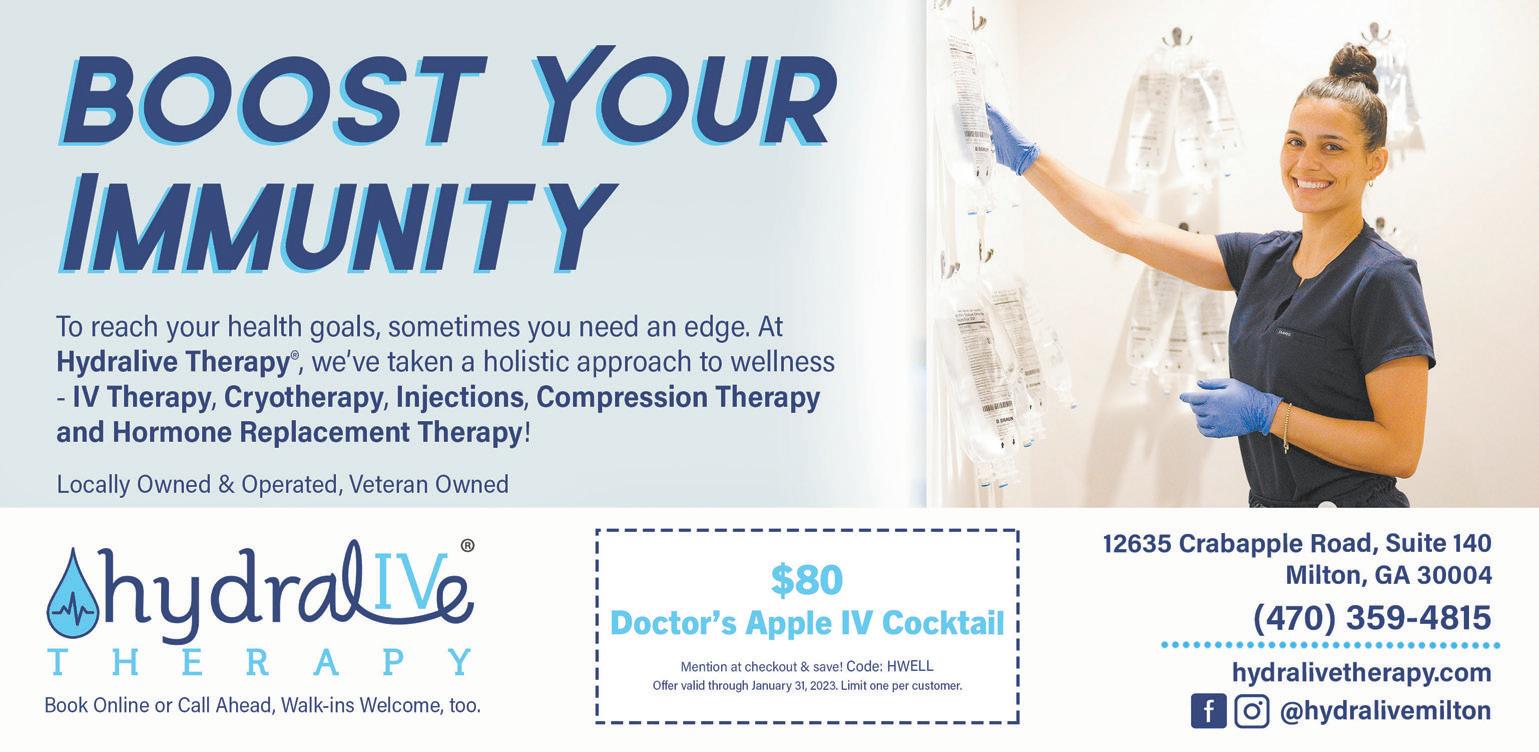
When you are ready to get started, a medical consult is performed with our physician assistant or nurse practitioner. They will review your present health situation and determine your eligibility for Semaglutide. From there, they will prescribe Semaglutide and coach you along your weight loss
journey.
Semaglutide could be your path to long-term weight management. Call us at (470) 359-4815 to schedule a consultation today!



Class IV Pain Relieving Laser Therapy is the most advanced pain relief technology available to the public and it’s now available right here in Johns Creek. Laser therapy uses light energy to enhance your body’s ability to heal itself. Laser Therapy works by flooding the tissues with photons, energizing the damaged cells and increasing circulation to the
painful area. Treatments are fast, painless and don’t require any down time, but the therapeutic effect continues to soothe and heal long after you leave the office.
Laser Therapy is FDA cleared to treat pain, inflammation, arthritis, and muscle spasms and are a great alternative to medications and injections. Laser Therapy can treat a host of conditions including rotator cuff injuries, post operative pain and soreness from
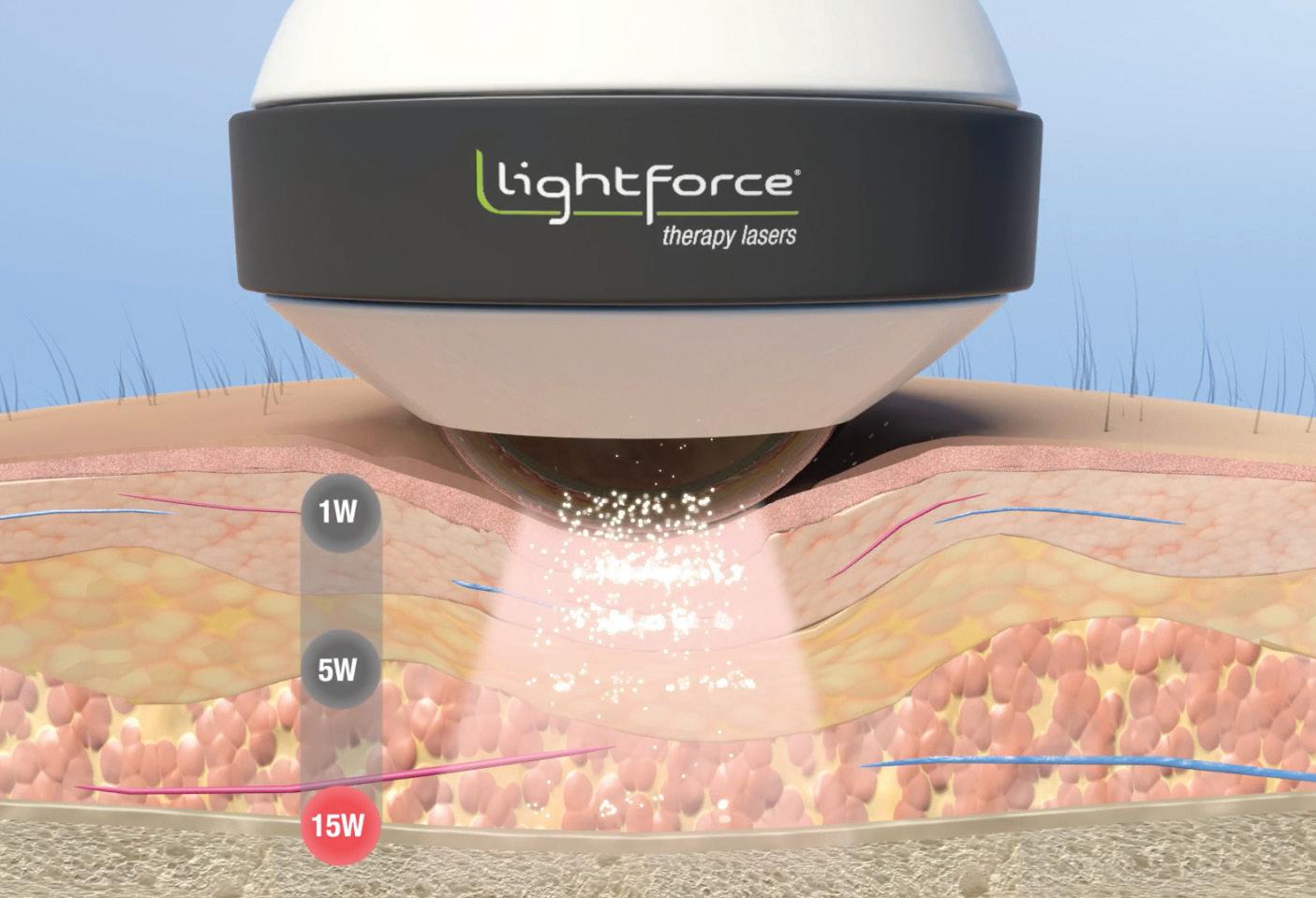
surgery, frozen shoulder, Achilles tendonitis, plantar fasciitis, tennis elbow, neck pain, muscle strains, low back pain, migraines, and can even be used to relieve pain associated with diabetic neuropathy.
Johns Creek Physical Therapy, voted as the Best Physical Therapy Practice in North Atlanta 5 years in a row, is the only medical practice in the area to offer Pain Relieving Laser Therapy technology. “I am constantly
amazed at what it does for our patients,” says Marc Stewart, PT, owner at Johns Creek Physical Therapy.
If you are experiencing any type of pain, call 770-622-5344 to schedule your Free Consultation and Trial.
Johns Creek Physical Therapy 4060 Johns Creek Parkway, Suite H Suwanee, GA 30024 770-622-5344

Serving Metro Atlanta Since 1977 | Hello@AppenMedia.com | 770.442.3278
2022 Georgia Press Association
1st – Health Care Advertising
1st – Serious Column
1st – Investigative Reporting
1st – Food Advertising
1st – Signature Page
2nd – News Photograph
2nd – Feature Writing
2nd – Food Advertising
2nd – Service Advertising
2nd – Special Issues/Sections
2nd – Business Writing
3rd – Business Writing
3rd – Page One
3rd – Locals News Coverage
3rd – Spot News Photograph
3rd – Breaking News Writing
3rd – Lifestyle Feature Column
2022 Association of Community Publishers
1st – Orig. Editorial Photo Sports
1st – Orig. Writing Opinion
1st – Orig. Writing Sports
2nd – Feature Article Layout
2nd – Front Page Special Section
3rd – Orig. Editorial Photo Feature
3rd – Food & Drink Single Ad Color
3rd – Grocery/Liquor Single Ad Color
3rd – Special Promotion/Section Stand-Alone Gloss